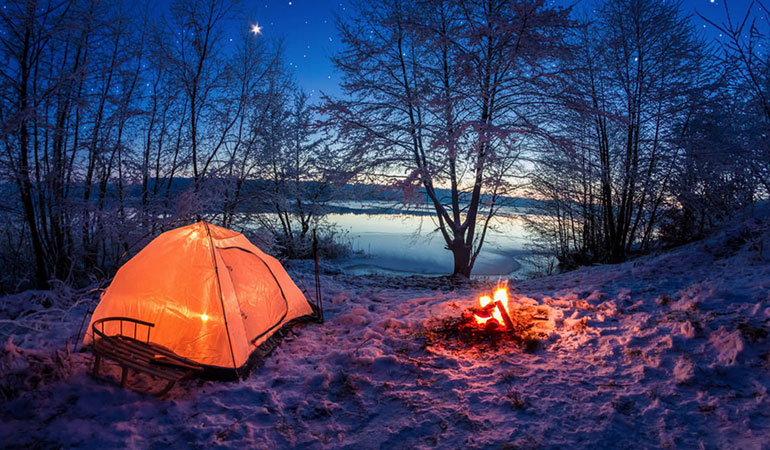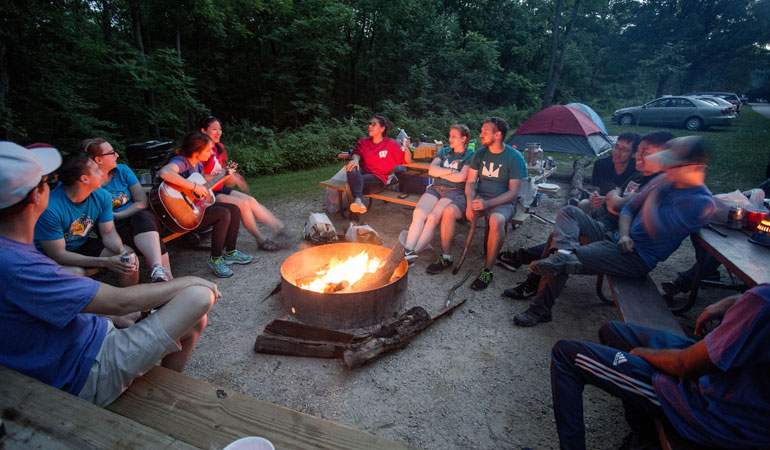Camping trips can be fun, but they do take planning. There are many things to think about to ensure a safe and enjoyable trip for everybody. Consider the following:
1) Research The Campsite:
You need to know what the chosen campsite is like in order to plan possible activities and decide what to take. You don’t want to spend money on a tent and then find out that the campsite has cabins. If you plan on taking pets along, you need to check the campsite’s rules regarding animals. Some don’t allow animals at all, while others require animals to be on a leash. You should also check the weather to decide what clothing to take.
2) Consider who you are Camping with:

Are you camping with friends or with family? Are you going to a class or a Scout troop? Do you have any specific responsibilities? For example, if you’ll be doing the bulk of the cooking, you will need the appropriate gear. If you’re the Troop nurse, you need to have a First Aid kit at the very least, along with any medications that specific campers might need. Even if you don’t have such responsibilities, you should check to see if your fellow campers have any health concerns. For example, you may not want to bring cheese if somebody in the party is allergic to dairy products.
3) Figure out what Gear you will be Taking:
After researching the campsite and your fellow campers’ needs, you will need to decide if you need to buy anything. Do you need a tent or a sleeping bag? Does everybody have a fishing rod? Some camping gear can be admittedly expensive, and you may want to turn to a vehicle title loan company like Starfish Lending in Orlando for help.
4) Assemble a First Aid Kit:

You can either buy one from an outfitter or put it together yourself. If you already have one, check to see if you are running low on anything and/or if any medications have expired. Restock the kit accordingly.
5) Pack a sufficient amount of food:
There should be enough food so that everybody can have three meals a day plus snacks. Camping can involve a lot of physical activity, so people can work up appetites. Concentrate on packing non-perishable food items, for the campsite probably won’t have refrigeration.
Also make sure people will have plenty of water. While many campsites have water sources like pumps, wells or ponds, some do not. The average human being needs to drink the equivalent of eight 8-ounce glasses or ½ gallon of water per day, and they need more if they are somewhere hot and/or have been exercising strenuously. Bring water bottles or the like, so people can take water with them on hikes, and bring a purification system if you plan on using the local pond as a water source.
6) Consider the season:

First off, different seasons have different weather conditions, and you will have to pack your clothing and gear accordingly. If you plan on camping in a tent during the fall, for example, you will probably want a sleeping pad to put under your sleeping bag. The pad will not only increase comfort, it will also insulate you from the cold ground.
Also, fall has fewer daylight hours than summer or late spring. That means you should plan to get to the camp site relatively early so you aren’t trying to pitch a tent after sundown. While it’s always a prudent idea to take flashlights or headlamps on a camping trip, it’s especially a good idea if you’re going on a camping trip in the fall.



